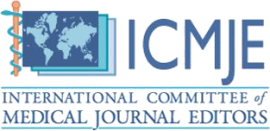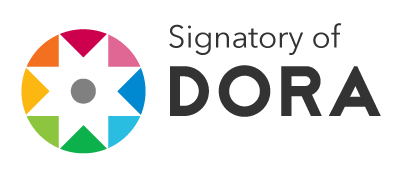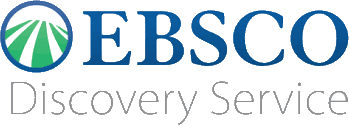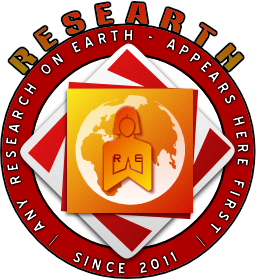Harvesting the Web to Procure Secure Information for Enterprise
DOI:
https://doi.org/10.51611/iars.irj.v1i1.2011.5Keywords:
Data Mining, Web Harvesting, Information SecurityAbstract
The potential that web resources have is yet unharnessed. The colossal information resources of the Web are largely untapped by the Enterprises. Enterprises has not yet seriously considered use of web content as a potential input to the data warehouse, even when the web has been proven to be the universal delivery mechanism for global data.
Many researchers have agreed that the paradigm of the Web is radically different than that of the data warehouse. One might also say that web content is highly volatile and diverse and hence harvesting the web to procure the desired information of real business value for an enterprise is like challenging its imagination.
As a chaotic and unmanageable influence, the Web can be perceived as a threat to the security and tranquility of the warehouse environment. A stable infrastructure is required. The issue of Integrity and reliability of web content is critical to the requirement of refining information through the processes of discovery, Validation, Acquisition, Design and Formatting, Dissemination, and Information Security. This paper proposes a process model along with architecture to support this methodology within a data centre.
Downloads
References
2. Bolder Technology Inc. DBA, The Agriculture Metaphor, WebFarming.com, 2003, DOI: http://webfarming.com/intro/intro04.html [BOL03-1]
3. Bolder Technology Inc. DBA, WebFarming.com, 2003, DOI: http://webfarming.com/intro/intro02.html [BOL03]
4. Felden, Carsten, Peter Chamoni, “Web Farming and Data Warehousing for Energy Tradefloorsâ€, WI '03 Proceedings of the 2003 IEEE/WIC International Conference on Web Intelligence, IEEE Computer Society Washington, DC, USA ISBN:0-7695-1932-6, 2003 [FEL03]
5. Hackathorn, Richard, “Farming the Web - The Web's content can be harvested for information that's crucial to making strategic decisionsâ€, BYTE Magazine – Core Technologies, 1997. [RIC97]
6. Hackathorn, Richard, “Farming Web Resources for the Data Warehouseâ€, Information Management, 1999, DOI: http://www.information-management.com/issues/19990601/1001-1.html [RIC99-1]
7. Hackathorn, Richard, “Web Farmingâ€, DB2 magazine online, 1997 DOI: http://www.webfarming.com/intro/DB2mag.pdf [RIC99-2]
8. Hackathorn, Richard, DBMS - Reaping the Web for Your Data Warehouse, 1998. [RIC98]
9. Inmon, W. H., Building the Data Warehouse, 3rd Edition, New York, 2002 [INM02]
10. K-Ninety East Africa Limited, Information Security, 2011, DOI: http://www.k-90ea.com/consultancy.html [KNI11]
11. Lamont, Judith, “Innovative applications make government more responsiveâ€, KMWorld Volume 12, Issue 6, 2003 [JUD03]
12. Markov, Zdravko, Daniel T. Larsoe, “Data Mining the Web – Uncovering Patterns in Web Content, Structure and Usageâ€, John Wiley & Sons, INC. Publication, page-59,143,156, 2007. Midriff Net Solutions, “Web Farmingâ€, 2011 DOI: http://midriff.in/webfarm.asp, [MID11]
13. Vyas, Akshay, “Sales Data Mart – Dimensional Model for Retailâ€, 2011 DOI: http://aadityainc.blogspot.in/2011/10/sales-data-mart-dimensional-model-for.html [AKS11]
14. World Wide Web consortium, DOI: www.w3.org/TR/REC-rdf-syntax
Downloads
Published
Issue
Section
License
Copyright (c) 2011 Ritu Punhani, Alpana Kakkar

This work is licensed under a Creative Commons Attribution 4.0 International License.
Author(s) hold complete right on the content of this article. Copyright to the content are governed as per Copyright Policy of the Journal.





















